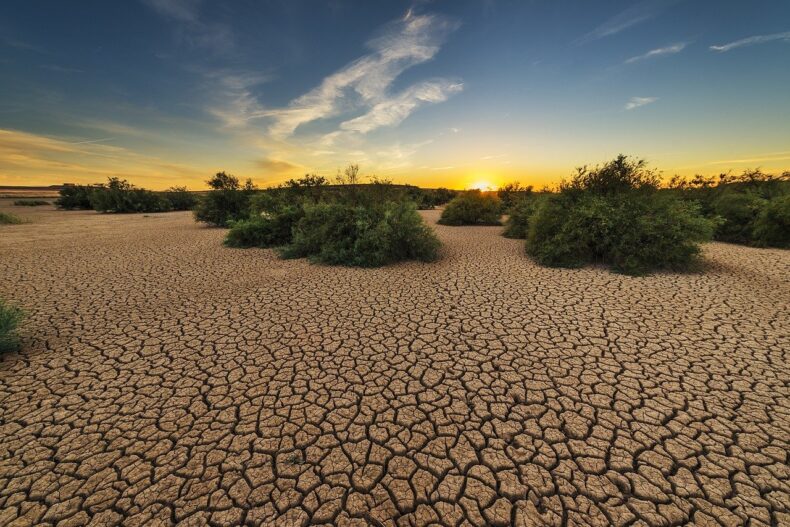Scientists predict warmer and drier seasons, but have these been the driest on record?

Europe and portions of China have suffered severe summer temperatures, while dry circumstances in Africa have put millions at risk of hunger.
Dry earth?
Scientists measure drought using satellite photos of soil moisture.We compared recent dry circumstances to average conditions at the turn of the century to see how extreme they are.
These soil conditions and temperature data form a soil moisture anomaly map. Most of Europe has seen drier weather this summer than the 2001-2016 average. West China is extremely dry. Sub-Saharan Africa and the US are also dry.
“500-year drought” in Europe

According to Copernicus, Europe’s summer drought may be the worst in 500 years. Nearly half of Europe had a “soil moisture shortage” in late August.
Climate change means Europe will continue to face frequent and persistent droughts, and this year’s dry weather has hampered agriculture, transport, and energy generation.
The Rhine, an important river and commercial route, plummeted to dangerously low levels this summer. June-August was the hottest on record, and an EU analysis in August predicted three more months of “warmer and drier” days.
In the past, Europe has faced droughts, but recent years have seen record-breaking heat. This year is the worst European-wide drought in hundreds of years, “Potsdam Institute for Climate Impact Research’s Fred Hattermann believes.
Warmer temperatures and less rain have reduced soil moisture.
Droughts, floods in China
This summer, China’s Meteorological Administration recorded the longest run of high temperatures since the 1960s.
Extreme heat shrunk China’s Yangtze River. According to Chinese data, August rainfall was 60% below normal in the river’s drainage basin.

Heavy rainfall in northern China caused floods, despite dryness in the south. Northern China’s Liao River reached its second-highest level since 1961. China’s yearly climate change research finds rainfall has increased since 2012.
In July, China issued eight drought and 13,000 heavy rain warnings. There were 28 drought alerts and 10,000 heavy rain warnings in 2019. Global climate change causes extreme wet and dry conditions.
When droughts grow, such in Siberia and the West, precipitation falls in a narrower region, worsening flooding “National Academy of Sciences water expert Peter Gleick explains.
Africa’s famine

The UN warns that 22 million people could starve due to drought in Ethiopia, Kenya, and Somalia. Oxfam says “we’re in the third year of poor rainfall and excessive temperatures”
Somalia’s March-May rainfall was the lowest in 60 years. DR Congo and Uganda have also seen above-average drought. Soil moisture data suggest flooding in South Sudan, Mauritania, and Senegal.
In Southern Africa has seen above-average rainfall. According to a 2021 World Bank assessment, “compared to 1970-79, floods were thrice and tenfold by 2010-19”.
US drought
Years of drier and hotter weather have caused drought in the western US. According to a February assessment, the last two decades have seen the worst condition in the American west in 1,200 years.
Hot and dry weather this summer caused forest fires in several states and dwindling water supplies. Nasa says Lake Powell, the second largest US reservoir, is at its lowest level since the 1960s. Climate projections forecast decades of below-average rainfall in the region.













